Home>Renovation & DIY>Home Renovation Guides>What To Expect From Historic Home Improvements
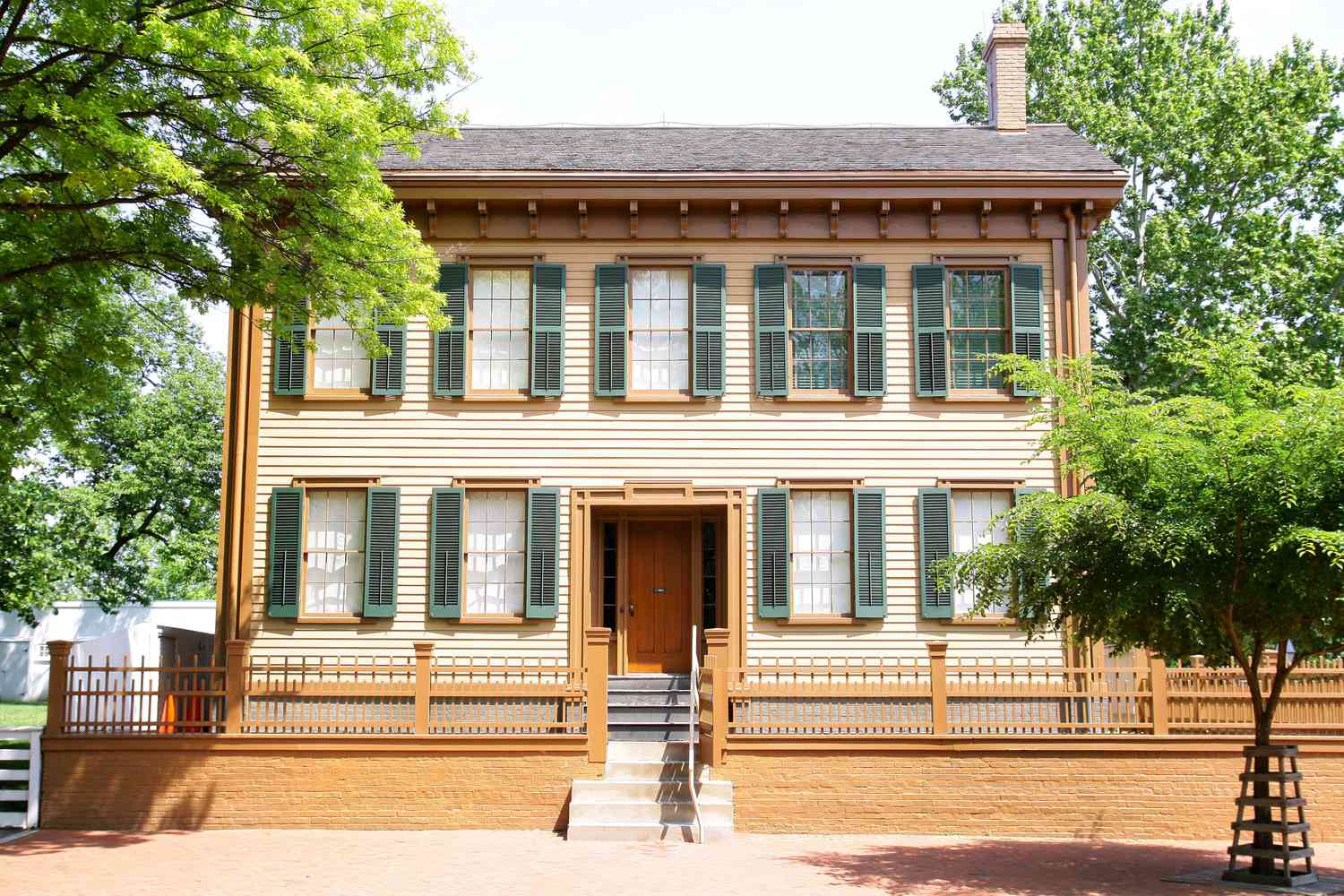

Home Renovation Guides
What To Expect From Historic Home Improvements
Modified: January 5, 2024
Discover expert tips and advice for historic home renovations in our comprehensive guides. Get inspired and informed for your next home improvement project.
(Many of the links in this article redirect to a specific reviewed product. Your purchase of these products through affiliate links helps to generate commission for Storables.com, at no extra cost. Learn more)
Introduction
Welcome to the world of historic home improvements, where the past meets the present in a delicate dance of preservation and renovation. Renovating a historic home is a unique and rewarding experience, offering a chance to breathe new life into a piece of history while embracing the challenges and character that come with it. Whether you’re restoring a Victorian-era gem or renovating a Craftsman bungalow, historic home improvements require a thoughtful approach, attention to detail, and a deep respect for the architectural heritage.
In this guide, we’ll explore the intricacies of historic home improvements, from understanding the unique challenges to preserving the character and charm of these time-honored dwellings. You’ll gain insights into researching and planning for historic renovations, navigating the regulations set forth by historic preservation boards, choosing the right materials to maintain authenticity, and hiring skilled craftsmen who are adept at working with historic structures. Additionally, we’ll delve into budgeting for historic home improvements, ensuring that your restoration project remains financially feasible without compromising on quality.
Whether you’re a homeowner embarking on a historic renovation journey or a renovation enthusiast seeking to understand the nuances of preserving the past, this guide will equip you with the knowledge and insights needed to navigate the intricate world of historic home improvements.
Key Takeaways:
- Embrace the unique challenges and rewards of historic home improvements to honor the past while fortifying architectural treasures for the future. It’s a transformative journey celebrating the enduring legacy of historical architecture.
- Thorough research, meticulous planning, and a comprehensive budgeting approach are essential for successful historic home improvements. Preserve the character and charm of cherished properties while enhancing livability for generations to come.
Understanding the Unique Challenges of Historic Home Improvements
Renovating a historic home presents a set of challenges distinct from those encountered in modern home renovations. One of the primary considerations is preserving the historical integrity of the property while incorporating modern amenities and structural enhancements. This delicate balance requires a deep understanding of the home’s historical significance and architectural style, as well as a keen awareness of the challenges that may arise during the renovation process.
Historic homes often come with unique structural features, such as ornate trim work, intricate moldings, and vintage fixtures, which necessitate specialized restoration techniques and materials. Additionally, the presence of aging infrastructure, such as outdated electrical and plumbing systems, requires careful evaluation and strategic upgrades to meet contemporary safety standards without compromising the home’s historical fabric.
Preservation of historical elements while addressing structural deficiencies demands a nuanced approach that blends traditional craftsmanship with modern construction practices. This entails working with skilled artisans and craftsmen who possess a deep appreciation for historical architecture and possess the expertise to execute meticulous restoration work.
Furthermore, navigating the regulatory landscape surrounding historic properties poses a unique challenge. Local historic preservation boards and governing bodies often impose strict guidelines and regulations to safeguard the architectural integrity of historic homes. Adhering to these regulations while implementing necessary renovations requires a thorough understanding of preservation protocols and a willingness to collaborate with regulatory authorities to ensure compliance.
Throughout the renovation process, it’s crucial to anticipate unforeseen complications that may arise due to the age and idiosyncrasies of historic structures. From uncovering hidden structural issues to working around intricate design elements, flexibility and adaptability are essential when undertaking historic home improvements.
By comprehensively understanding the unique challenges associated with historic home renovations, homeowners and renovators can approach these projects with the requisite knowledge and preparedness, ensuring that the historical integrity of these cherished properties is preserved for generations to come.
Researching and Planning for Historic Home Improvements
Embarking on a historic home improvement project necessitates thorough research and meticulous planning to ensure a successful and respectful renovation. The initial phase involves delving into the history of the property, understanding its architectural style, and identifying significant features that contribute to its historical value. This research serves as the foundation for developing a comprehensive renovation plan that honors the home’s heritage while addressing its functional and aesthetic needs.
Understanding the historical context of the home, including its original construction materials, architectural influences, and design elements, is crucial for making informed renovation decisions. Engaging with local historical societies, consulting archival records, and seeking insights from architectural historians can provide invaluable information that informs the renovation approach and helps preserve the home’s authenticity.
Once armed with a deep understanding of the home’s historical significance, the planning phase commences. Collaborating with architects, preservation specialists, and contractors who possess expertise in historic renovations is essential for devising a renovation strategy that aligns with preservation best practices. This collaborative effort ensures that proposed modifications adhere to preservation standards and respect the home’s architectural integrity.
During the planning process, it’s imperative to conduct a thorough assessment of the property’s condition, identifying areas that require restoration, repair, or structural reinforcement. This evaluation encompasses scrutinizing the foundation, evaluating the state of original features, and assessing the viability of integrating modern amenities without compromising historical elements.
Additionally, developing a detailed timeline and budget is vital for managing the renovation process effectively. This involves outlining the sequence of renovation tasks, setting realistic milestones, and allocating resources in a manner that prioritizes the preservation of historical elements while addressing essential upgrades. By meticulously planning the renovation timeline and budget, homeowners can mitigate unforeseen challenges and ensure that the project progresses smoothly.
Ultimately, thorough research and meticulous planning form the bedrock of successful historic home improvements, laying the groundwork for a renovation journey that honors the past while enhancing the home’s livability for the present and future.
Working with Historic Preservation Boards and Regulations
Renovating a historic home involves navigating a complex regulatory landscape governed by historic preservation boards and stringent regulations aimed at safeguarding the architectural heritage of historic properties. Collaborating with these governing bodies is an integral aspect of the renovation process, requiring a deep understanding of preservation protocols and a willingness to engage in constructive dialogue to ensure compliance.
Engaging with historic preservation boards typically involves submitting renovation plans for review and obtaining approval for proposed modifications. This process necessitates meticulous attention to detail, as preservation boards prioritize the preservation of historical integrity and architectural authenticity. Presenting comprehensive renovation plans that outline proposed changes while demonstrating a commitment to preserving the home’s historical character is essential for securing approval.
Furthermore, understanding the specific guidelines and regulations set forth by historic preservation boards is imperative. These regulations may encompass restrictions on exterior alterations, guidelines for the use of historically accurate materials, and protocols for preserving significant architectural features. By adhering to these regulations and integrating them into the renovation plan, homeowners can ensure that their renovations align with preservation standards and contribute to the continued legacy of the historic property.
Effective communication and collaboration with preservation board officials are vital throughout the renovation process. Establishing open lines of communication, seeking guidance on preservation best practices, and demonstrating a genuine commitment to preserving the home’s historical fabric can foster a positive working relationship with preservation authorities. This collaborative approach facilitates the approval process and ensures that renovations are executed in a manner that respects the property’s historical significance.
Moreover, embracing the opportunity to engage with preservation experts and heritage conservation professionals can provide invaluable insights and guidance. Leveraging their expertise can enrich the renovation process, offering innovative solutions that harmonize modern functionality with historical authenticity while complying with preservation regulations.
By working in tandem with historic preservation boards and regulations, homeowners embarking on historic home improvements can navigate the intricacies of preservation governance, ensuring that their renovations honor the legacy of the property and contribute to the preservation of architectural heritage.
Choosing the Right Materials for Historic Home Improvements
When embarking on historic home improvements, selecting the appropriate materials is paramount to preserving the authenticity and character of the property while ensuring longevity and structural integrity. The choice of materials plays a pivotal role in maintaining the historical aesthetic of the home, harmonizing with its original construction, and meeting the stringent requirements set forth by preservation guidelines.
One of the fundamental considerations in material selection is authenticity. Opting for historically accurate materials that align with the era in which the home was constructed is essential for maintaining architectural integrity. Whether it’s sourcing reclaimed wood for period-specific flooring or utilizing traditional lime-based mortar for masonry restoration, prioritizing authenticity in material choices contributes to the preservation of the home’s historical narrative.
Additionally, durability and compatibility are crucial factors when choosing materials for historic renovations. Selecting materials that withstand the test of time and seamlessly integrate with existing architectural elements ensures the longevity and structural stability of the home. This may involve sourcing custom-milled lumber to match original profiles, utilizing heritage-grade roofing materials, or employing traditional plastering techniques that complement the home’s historical construction methods.
Moreover, sustainability and environmental impact are increasingly significant considerations in material selection for historic home improvements. Embracing eco-friendly alternatives, such as salvaged architectural elements, energy-efficient windows that mimic historical designs, and low-impact insulation materials, allows for the integration of modern sustainability practices while upholding the home’s historical authenticity.
Collaborating with preservation specialists and material experts can provide invaluable guidance in navigating the myriad options available. Leveraging their expertise can facilitate informed decisions regarding material sourcing, ensuring that the chosen materials align with preservation standards, meet regulatory requirements, and contribute to the overall sustainability of the renovation project.
By meticulously selecting materials that honor the historical context, exhibit durability, and embrace sustainability, homeowners can embark on historic home improvements with a commitment to preserving the past while fortifying the home for the future.
When renovating a historic home, expect to encounter unique challenges such as preserving original features, working with specialized materials, and navigating local preservation regulations. Research and planning are key to a successful project.
Hiring Skilled Craftsmen for Historic Home Renovations
Undertaking historic home renovations necessitates the enlistment of skilled craftsmen and tradespeople with a profound appreciation for historical architecture and a mastery of traditional construction techniques. The expertise and artistry of these craftsmen are instrumental in executing meticulous restoration work, preserving the home’s historical integrity, and breathing new life into time-honored structures.
When seeking craftsmen for historic renovations, prioritizing experience and specialization in historical restoration is paramount. Craftsmen who have honed their skills in working with period-specific materials, intricate woodwork, ornamental plaster, and other historical elements possess the acumen required to undertake restoration work with precision and authenticity.
Furthermore, a collaborative approach to hiring craftsmen involves engaging in thorough research and seeking recommendations from preservation organizations, historical societies, and reputable restoration professionals. Leveraging these networks can lead to the discovery of artisans and tradespeople with proven track records in historic renovations, ensuring that the restoration team is adept at navigating the unique challenges posed by historic properties.
Effective communication and a shared commitment to preservation principles are integral when collaborating with skilled craftsmen. Establishing a clear understanding of the home’s historical significance, articulating preservation objectives, and fostering open dialogue with the restoration team fosters a collaborative environment that prioritizes the preservation of the home’s architectural heritage.
Moreover, embracing the opportunity to involve craftsmen in the planning and decision-making process can yield innovative solutions and insights. Their expertise in historical construction techniques, material sourcing, and preservation methodologies enriches the renovation process, leading to solutions that seamlessly integrate modern functionality with historical authenticity.
Ultimately, the selection of skilled craftsmen is a cornerstone of successful historic home renovations. By enlisting artisans and tradespeople who possess a deep reverence for historical architecture and a mastery of traditional craftsmanship, homeowners can embark on renovation journeys that honor the past, celebrate the artistry of historical construction, and breathe new life into cherished architectural treasures.
Preserving the Character and Charm of Historic Homes
One of the most compelling aspects of historic home renovations is the opportunity to preserve and celebrate the distinctive character and charm that define these time-honored dwellings. Embracing the unique architectural features, period-specific design elements, and the rich narrative woven into the fabric of historic homes is central to ensuring that the property’s intrinsic allure endures for generations to come.
Preservation of historical character begins with a deep appreciation for the home’s architectural heritage. Recognizing and safeguarding distinctive features such as ornate millwork, decorative trim, vintage hardware, and original fixtures is essential for maintaining the home’s authentic charm. This may involve meticulous restoration efforts to revive weathered elements and employing specialized techniques to replicate missing or damaged components with historical accuracy.
Harmonizing modern functionality with historical character is a hallmark of successful historic home renovations. Integrating contemporary amenities, such as updated kitchens and bathrooms, while preserving the home’s period-specific design language requires a thoughtful approach. This may involve customizing modern conveniences to seamlessly blend with historical aesthetics, ensuring that the home’s charm remains unblemished by functional upgrades.
Additionally, embracing the narrative of the home and its place within the broader historical context enriches the preservation journey. Uncovering and showcasing the home’s unique story, architectural influences, and the craftsmanship of its era fosters a deeper connection to its historical significance. This may involve preserving original architectural blueprints, displaying historical artifacts, and commemorating the home’s provenance through thoughtful design elements.
Collaborating with preservation specialists and architectural historians can provide invaluable insights into preserving the character and charm of historic homes. Leveraging their expertise in historical architecture, period-specific design, and preservation best practices can inform renovation decisions that honor the home’s unique allure while ensuring that preservation standards are upheld.
Ultimately, the preservation of character and charm in historic homes is a testament to the enduring legacy of architectural craftsmanship and historical storytelling. By celebrating the distinctive features and narrative embedded within these cherished properties, homeowners can embark on renovation journeys that honor the past, celebrate the present, and ensure that the home’s charm captivates future generations.
Budgeting for Historic Home Improvements
Embarking on historic home improvements necessitates a well-structured budgeting approach that balances the preservation of historical integrity with the practicalities of renovation costs. The unique challenges and specialized nature of historic renovations require a comprehensive budgeting strategy that encompasses preservation considerations, material sourcing, skilled labor, and potential unforeseen expenses inherent to working with historic properties.
One of the primary considerations in budgeting for historic home improvements is the preservation of historical authenticity. Allocating resources for meticulous restoration work, sourcing period-specific materials, and engaging skilled craftsmen proficient in historical construction techniques is fundamental to upholding the home’s architectural integrity. This preservation-focused budgeting approach ensures that the renovation process remains aligned with preservation standards while honoring the property’s historical significance.
Thorough research and evaluation of the property’s condition are essential for anticipating and mitigating potential expenses. Conducting comprehensive assessments to identify structural deficiencies, historical elements in need of restoration, and necessary upgrades enables homeowners to allocate funds for essential renovation tasks while accounting for unforeseen challenges that may arise during the restoration process.
Moreover, collaborating with preservation specialists and restoration professionals during the budgeting phase can provide valuable insights into cost-effective preservation strategies and material sourcing. Leveraging their expertise can lead to informed budget allocations that prioritize historical authenticity without compromising on quality, ensuring that the renovation project remains financially feasible.
Anticipating potential regulatory expenses is crucial when budgeting for historic home improvements. Engaging with historic preservation boards and adhering to stringent regulations may entail administrative costs and fees associated with obtaining approvals for proposed renovations. Allocating resources for compliance with preservation guidelines ensures that the renovation process progresses smoothly within the framework of regulatory requirements.
Finally, incorporating a contingency fund within the budget is essential for addressing unforeseen challenges and unanticipated expenses that may emerge during the renovation journey. This financial buffer provides flexibility and safeguards against potential cost overruns, allowing homeowners to navigate unexpected hurdles without compromising the quality and integrity of the renovation project.
By adopting a comprehensive budgeting approach that prioritizes preservation, anticipates potential expenses, and incorporates expert insights, homeowners can embark on historic home improvements with financial preparedness, ensuring that the renovation journey honors the past while fortifying the home for the future.
Conclusion
Embarking on the journey of historic home improvements is a transformative endeavor that intertwines the past with the present, celebrating the legacy of architectural craftsmanship while enhancing the livability of cherished properties. From understanding the unique challenges of historic renovations to preserving the character and charm of these time-honored dwellings, the restoration journey is a testament to the enduring allure of historical architecture and the art of preservation.
Researching and planning for historic home improvements forms the bedrock of a successful renovation journey, requiring a deep understanding of the home’s historical significance and architectural style. Navigating the regulatory landscape and working in tandem with historic preservation boards ensures that renovations honor the architectural integrity of historic properties while complying with preservation guidelines.
Choosing the right materials and enlisting skilled craftsmen are pivotal in preserving the authenticity and character of historic homes. The selection of historically accurate materials and collaboration with artisans proficient in historical restoration techniques are instrumental in maintaining the home’s architectural heritage and charm.
Furthermore, budgeting for historic home improvements demands a comprehensive approach that balances preservation considerations, material sourcing, skilled labor, and potential unforeseen expenses. By meticulously allocating resources and incorporating expert insights, homeowners can navigate the financial aspects of historic renovations while upholding preservation standards.
Preserving the character and charm of historic homes is a testament to the enduring legacy of architectural craftsmanship and historical storytelling. Embracing the unique architectural features, period-specific design elements, and the rich narrative woven into the fabric of historic homes ensures that their intrinsic allure endures for generations to come.
In essence, historic home improvements embody a harmonious blend of preservation and renovation, honoring the past while fortifying these architectural treasures for the future. By embracing the challenges and rewards of historic renovations, homeowners embark on a restoration journey that celebrates the enduring legacy of historical architecture, preserving the timeless charm and character of these cherished properties for generations to come.
Frequently Asked Questions about What To Expect From Historic Home Improvements
Was this page helpful?
At Storables.com, we guarantee accurate and reliable information. Our content, validated by Expert Board Contributors, is crafted following stringent Editorial Policies. We're committed to providing you with well-researched, expert-backed insights for all your informational needs.
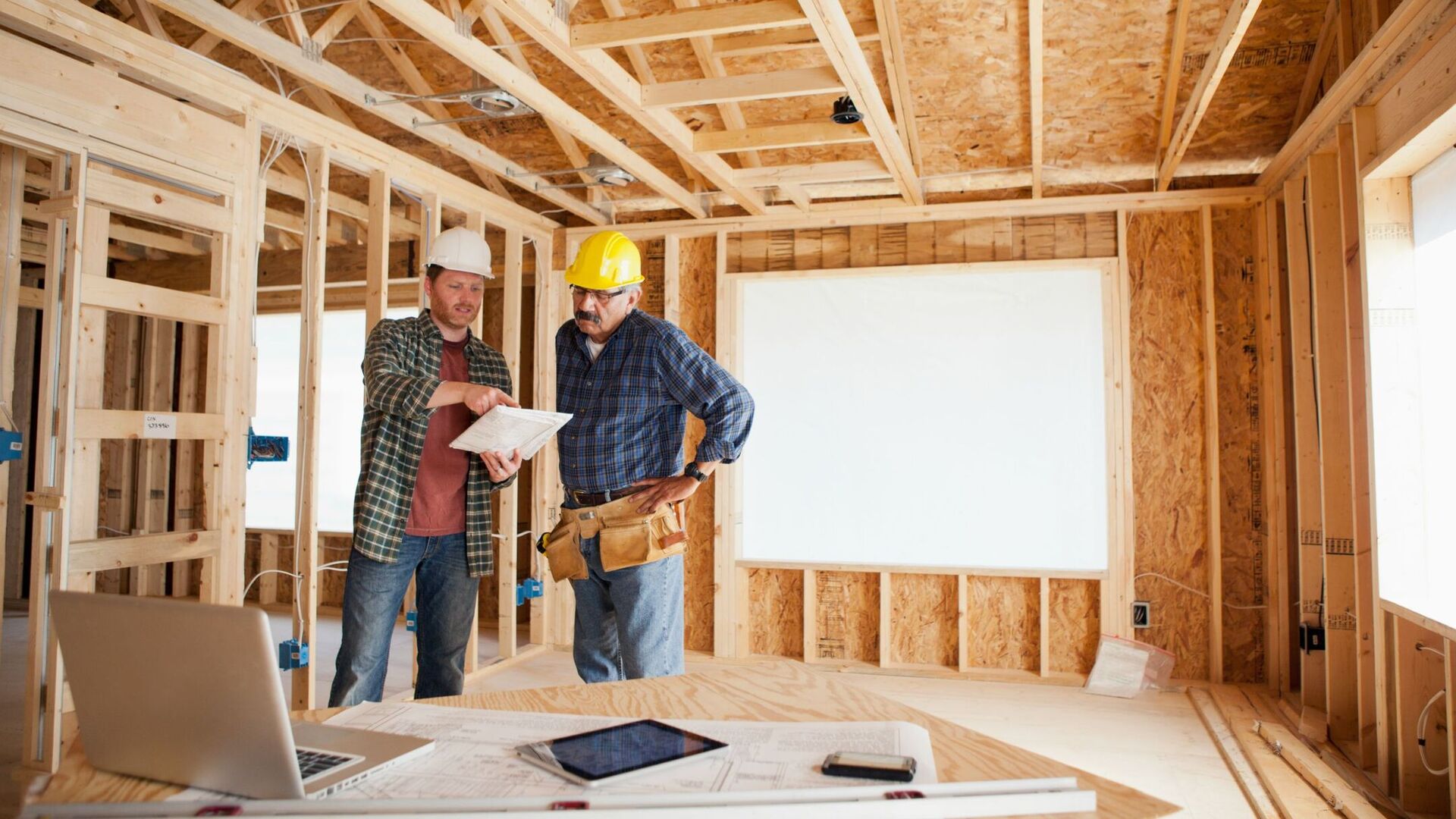
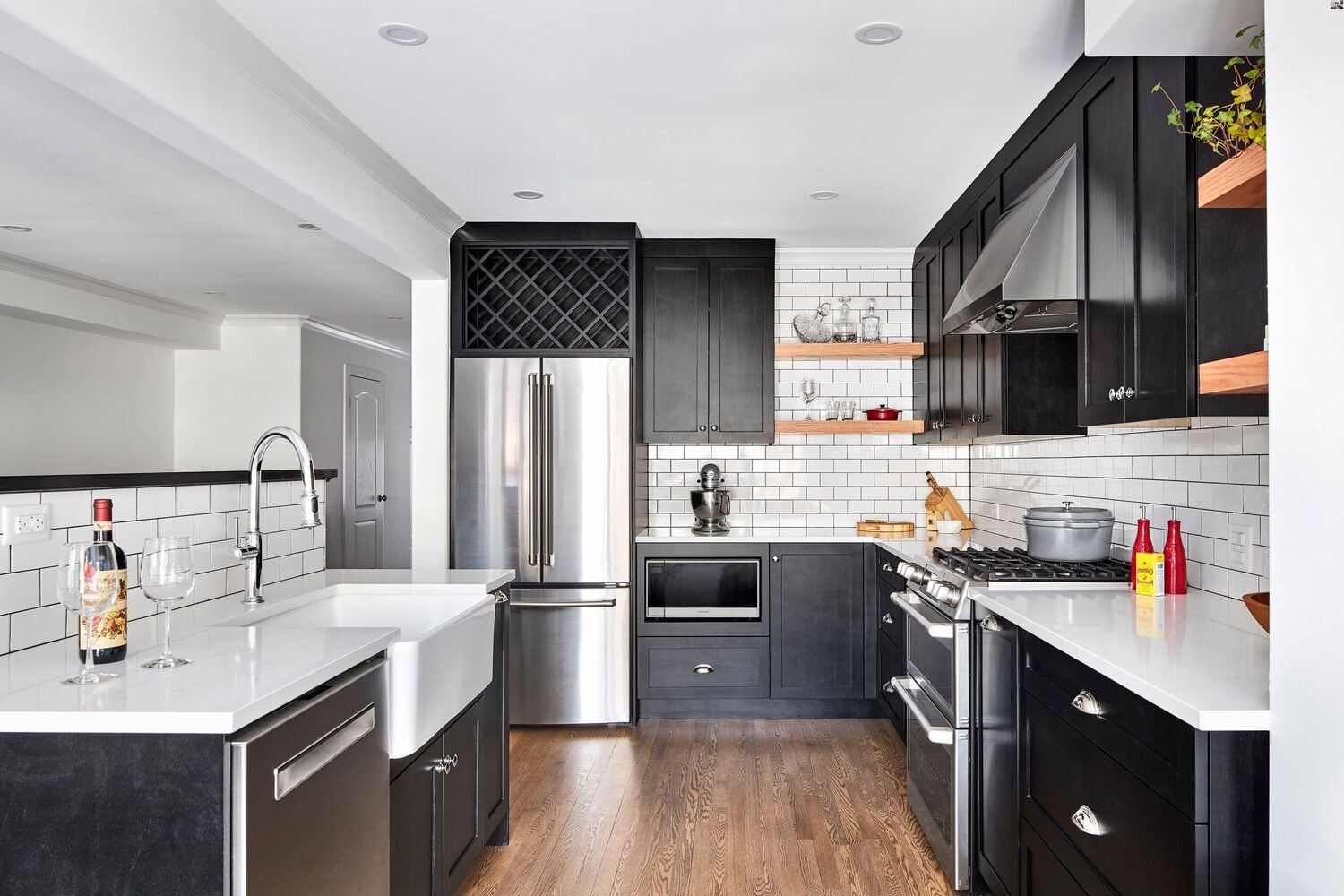


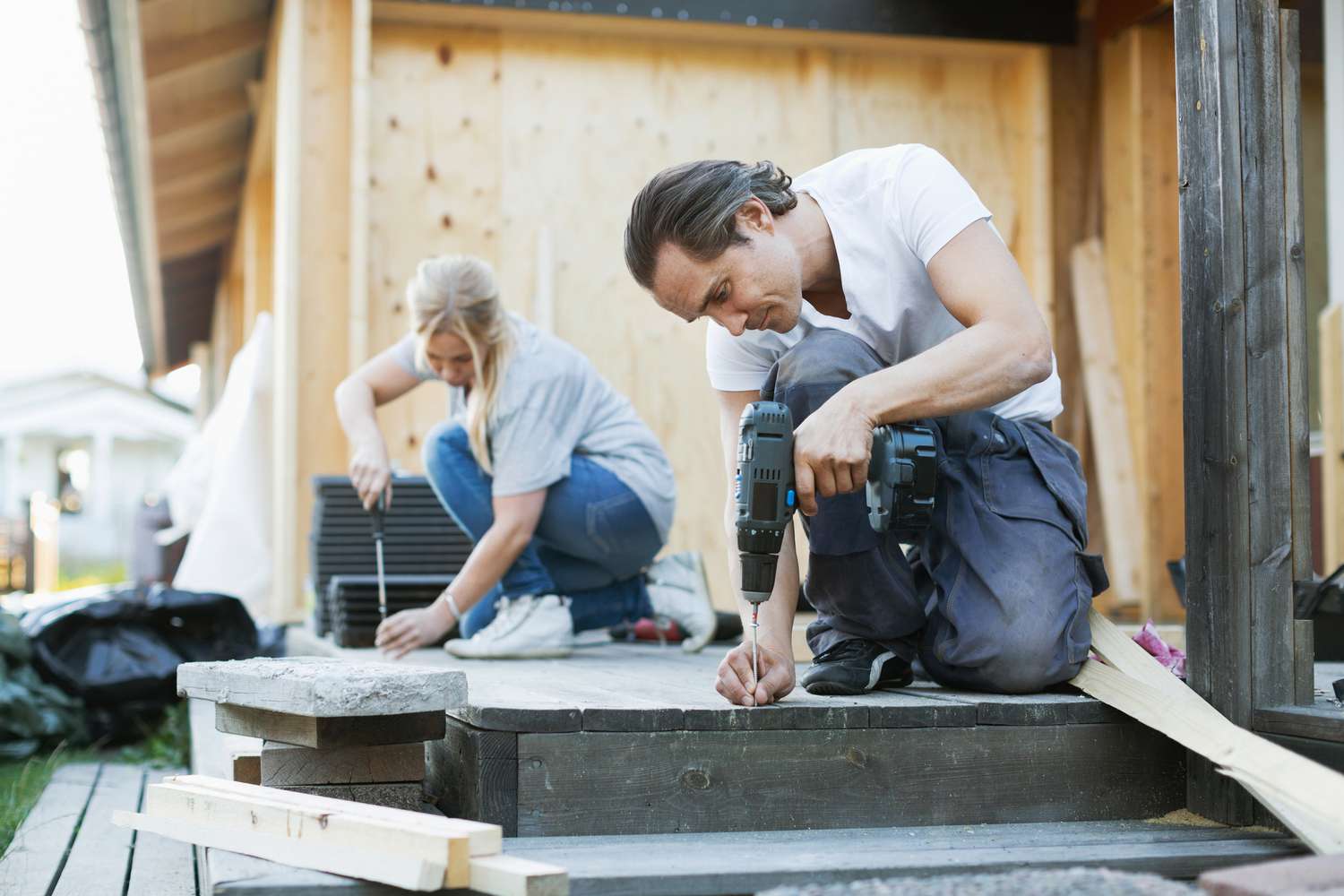
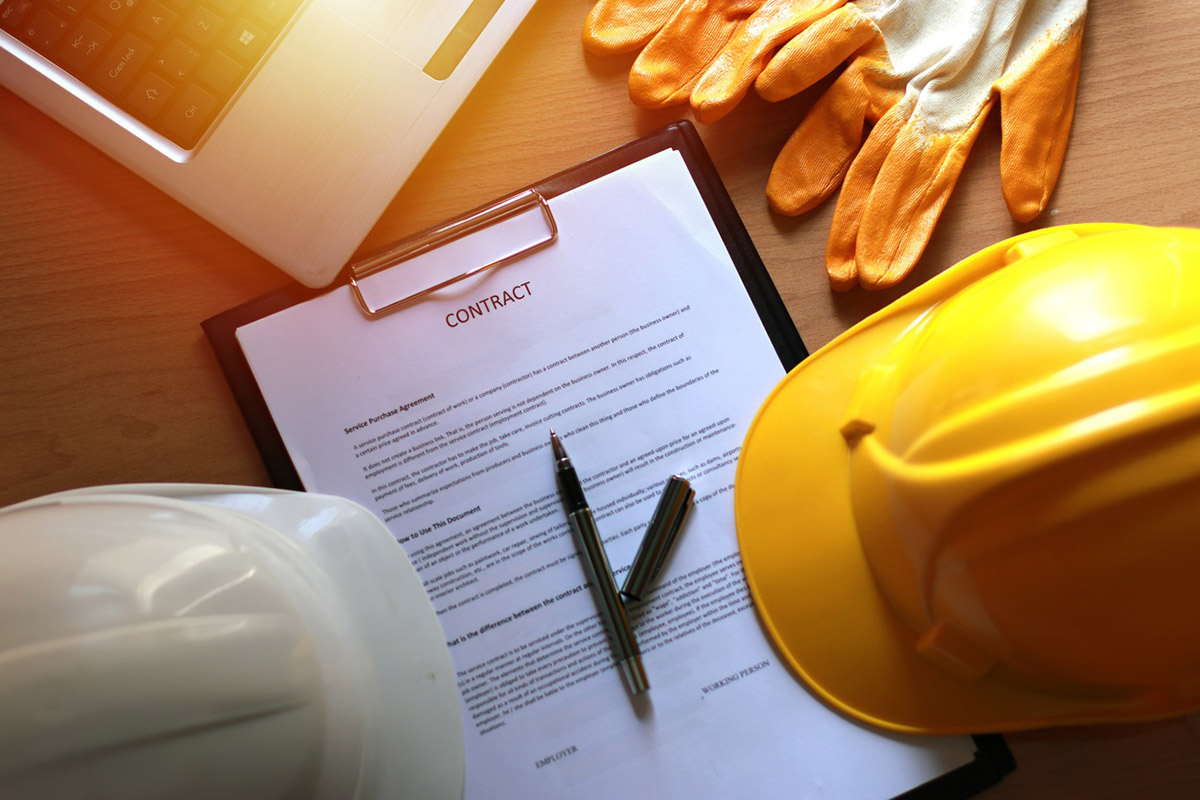
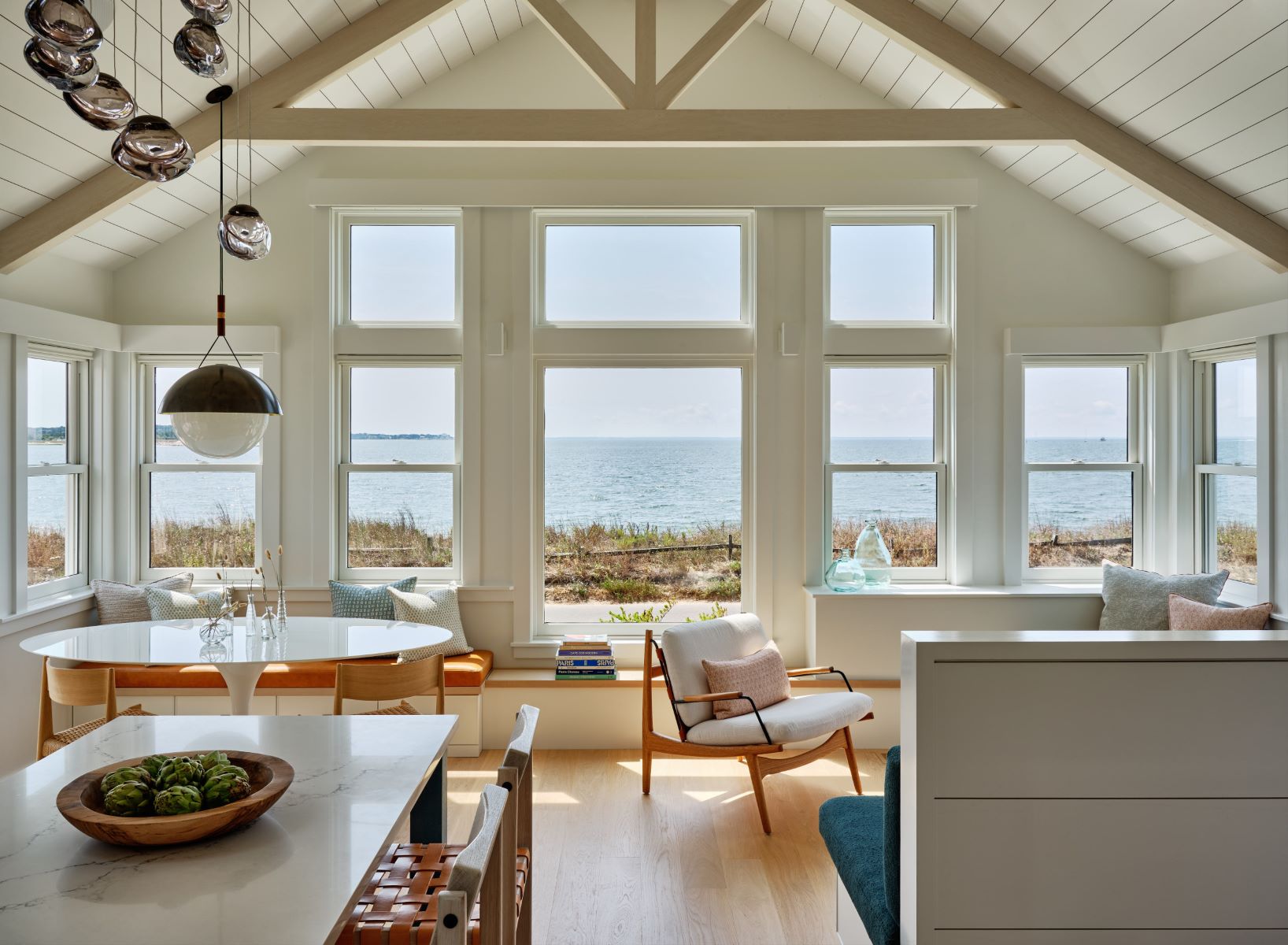
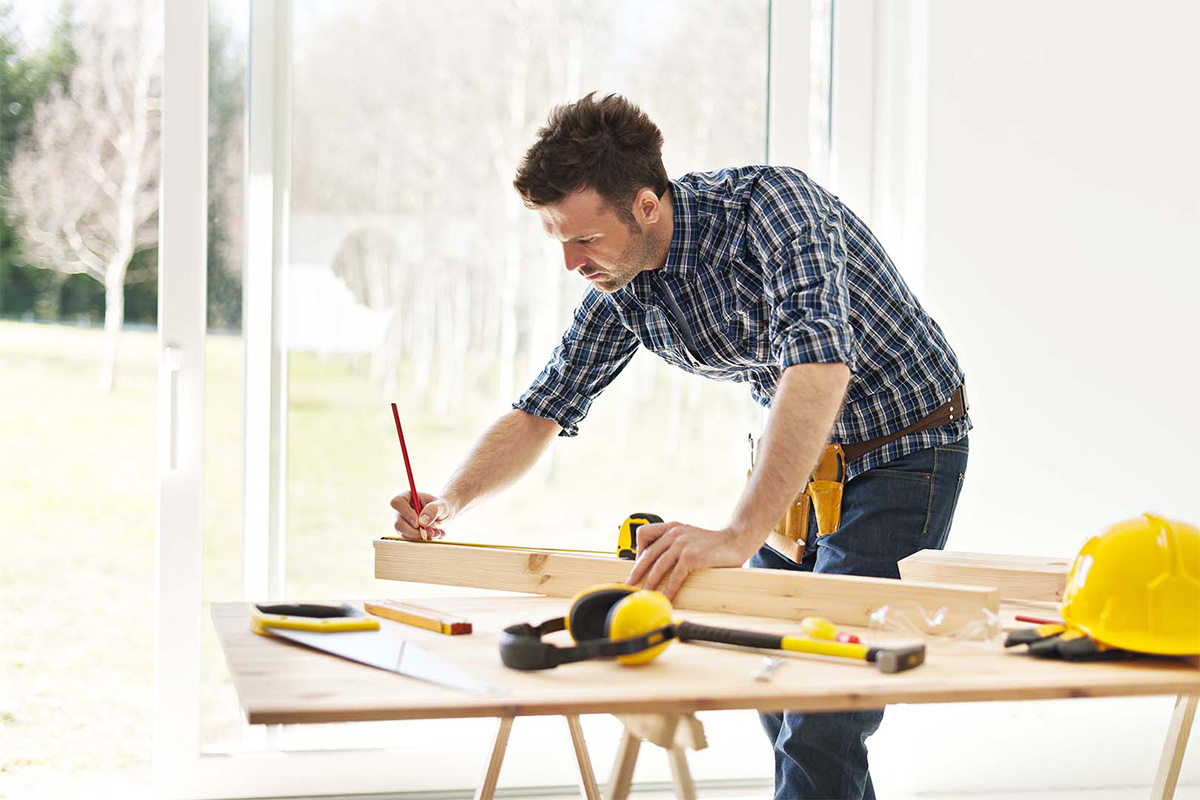
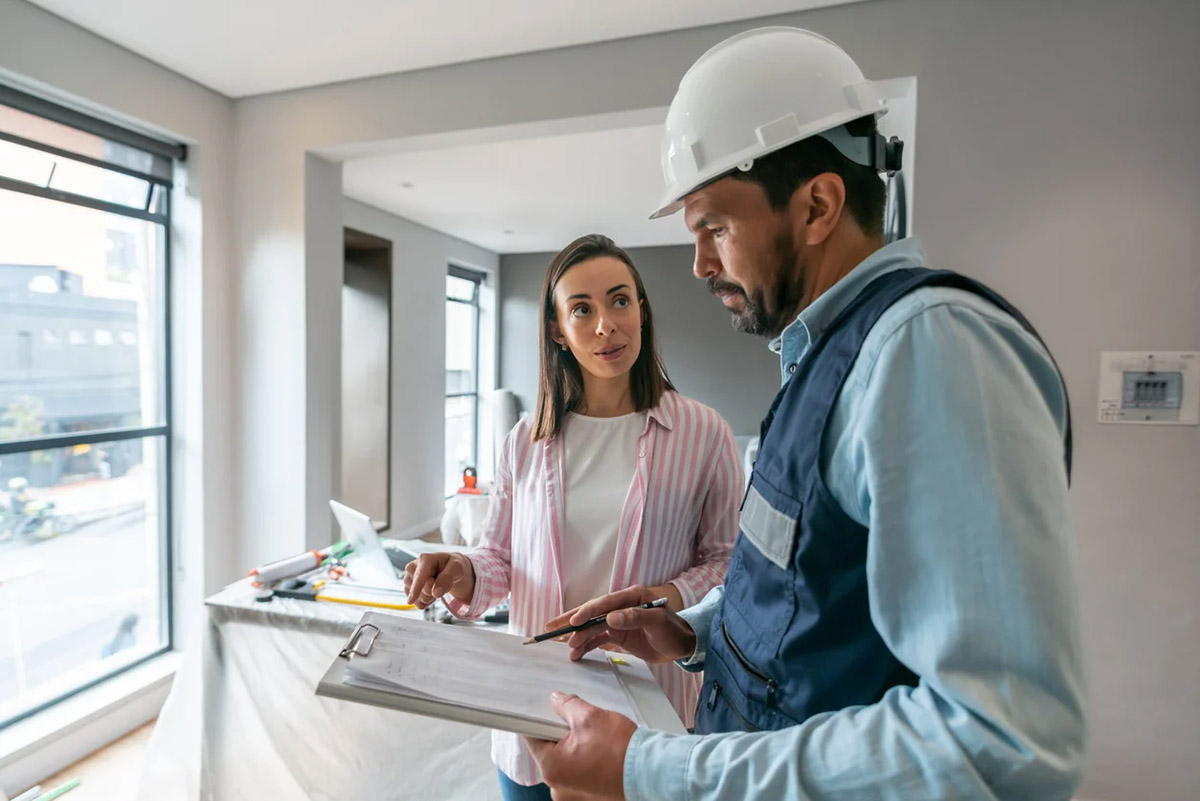
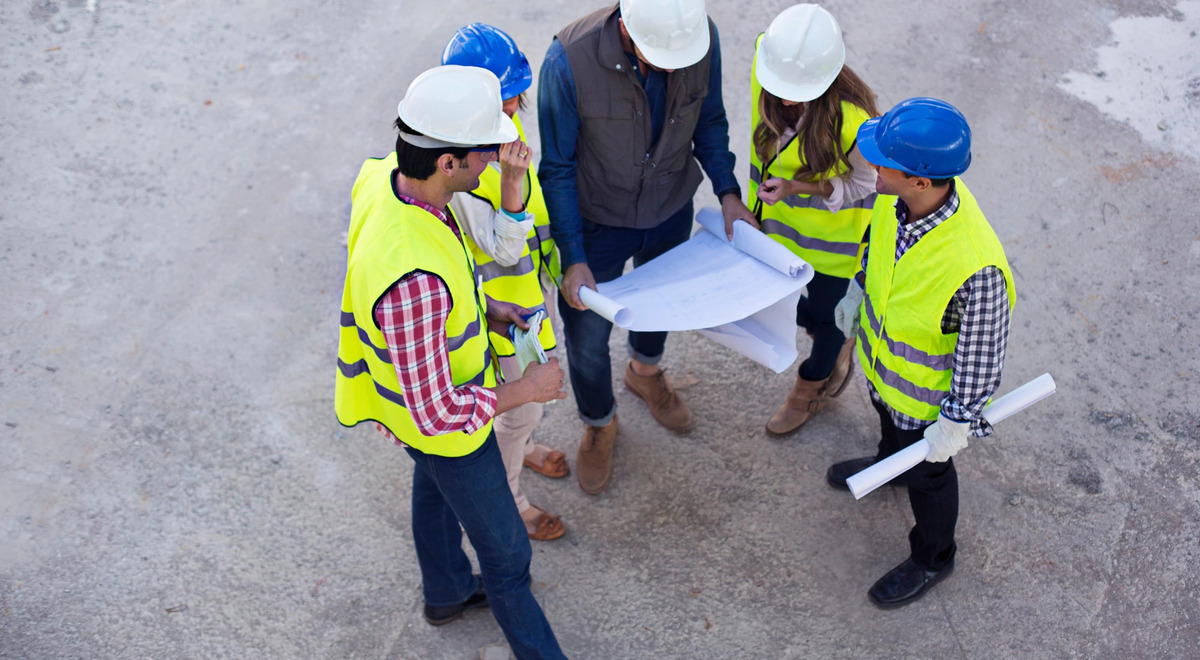
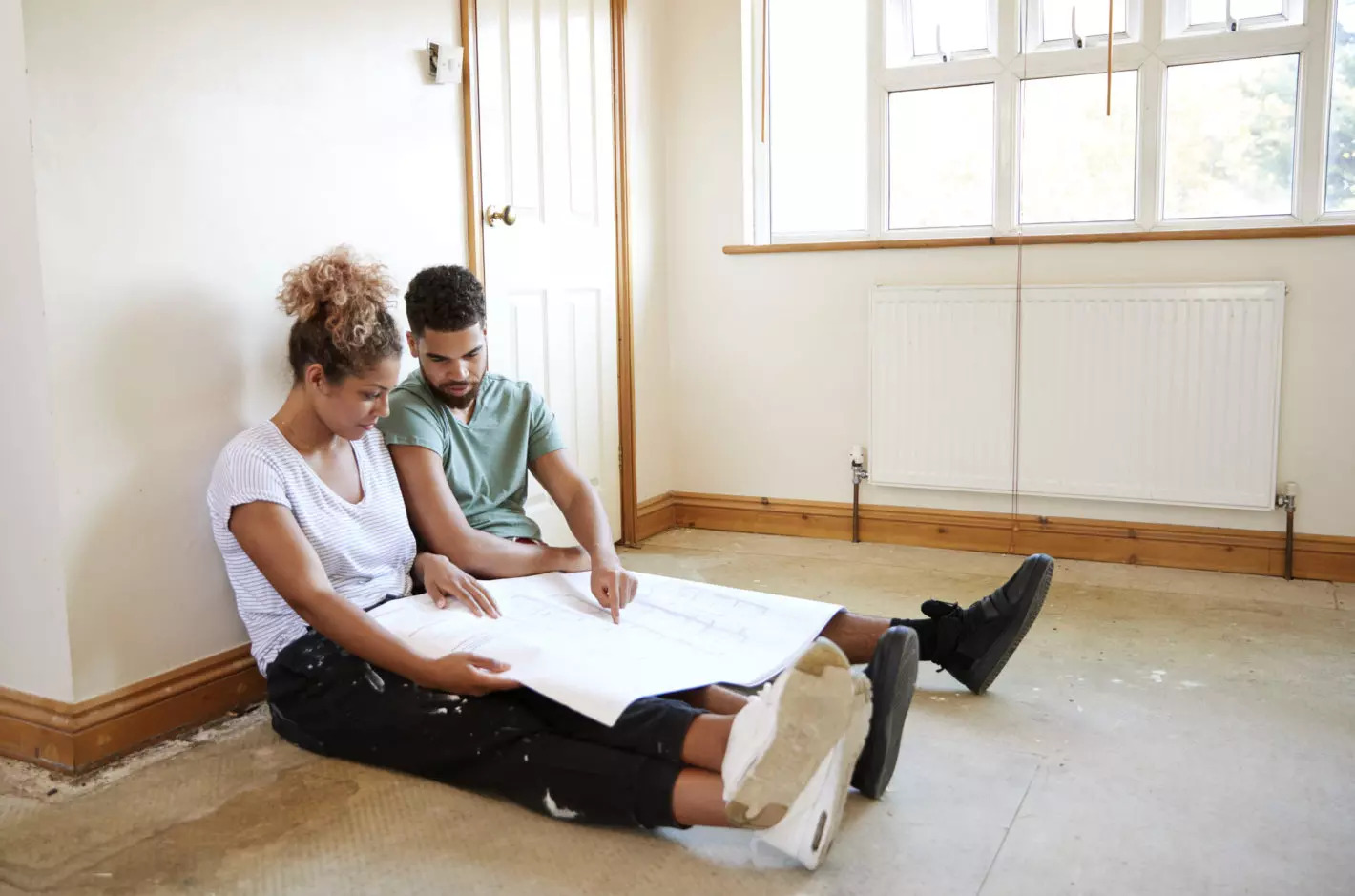
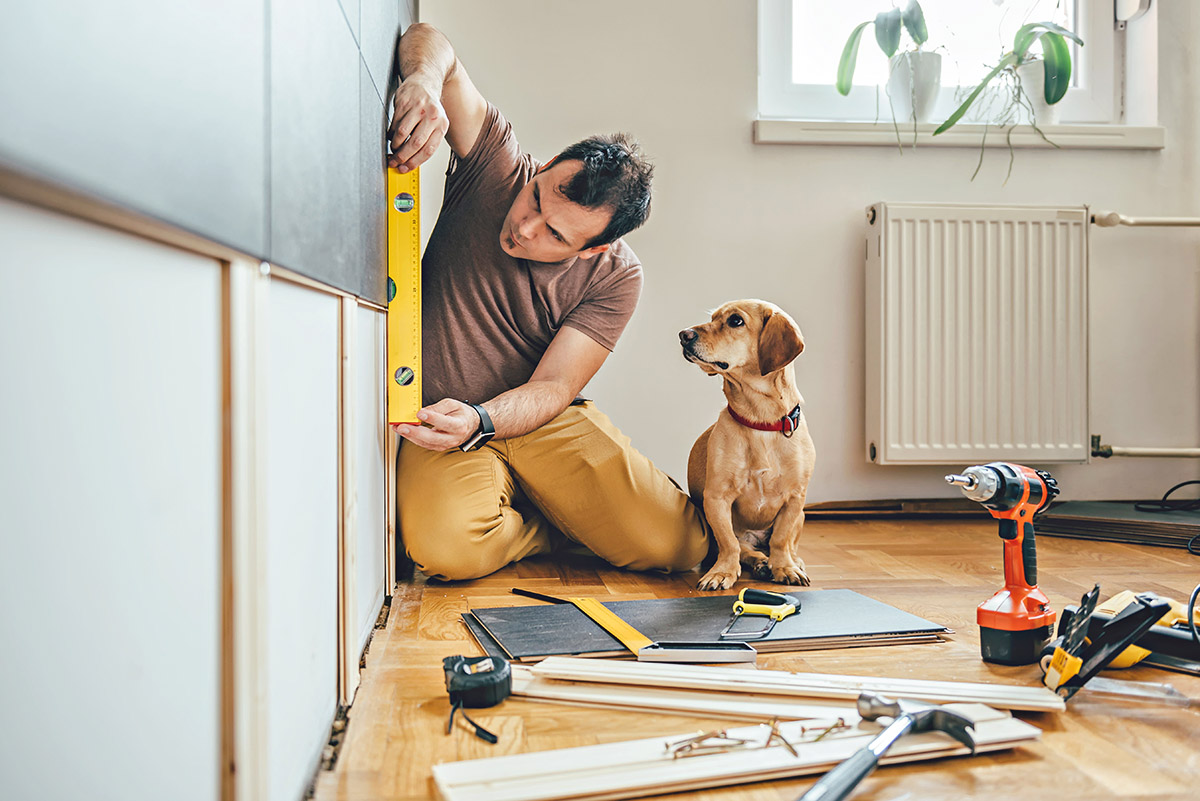
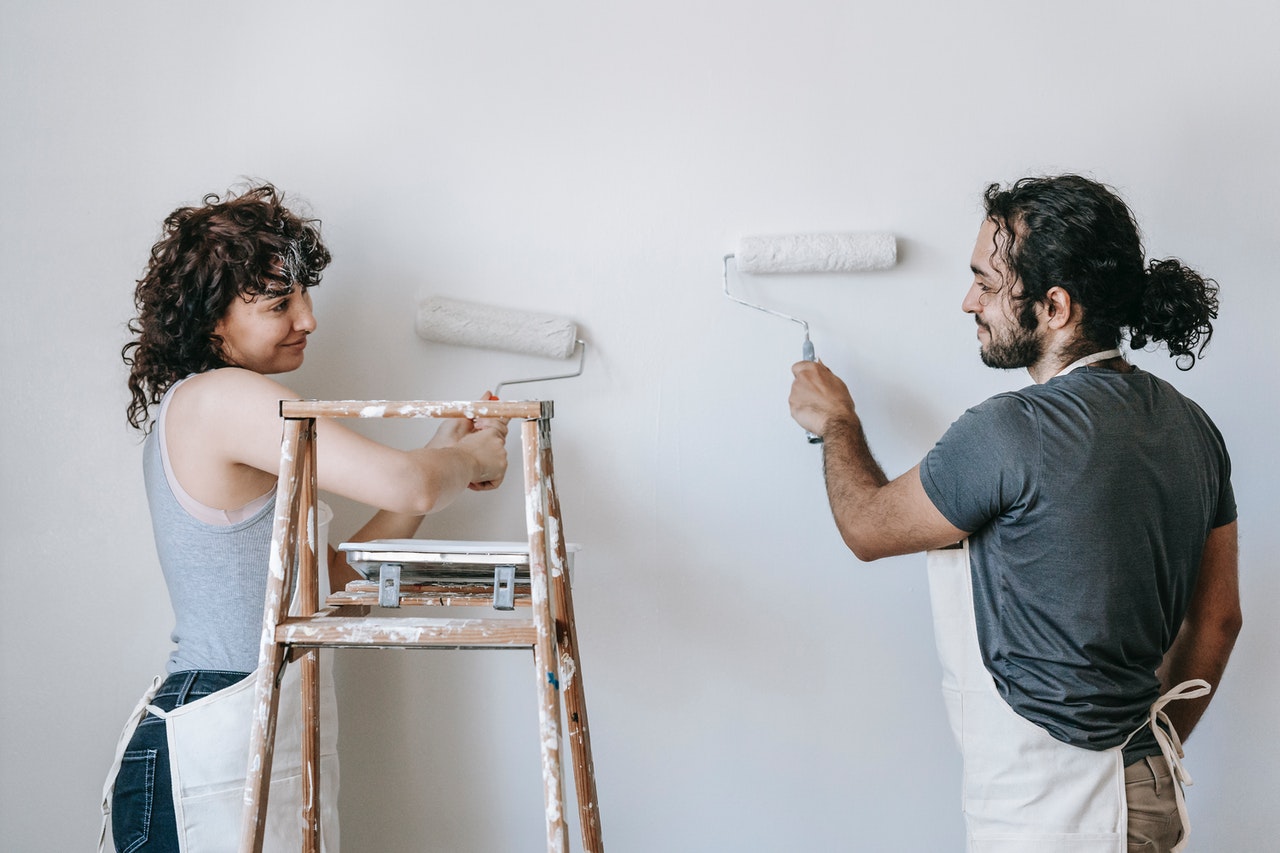
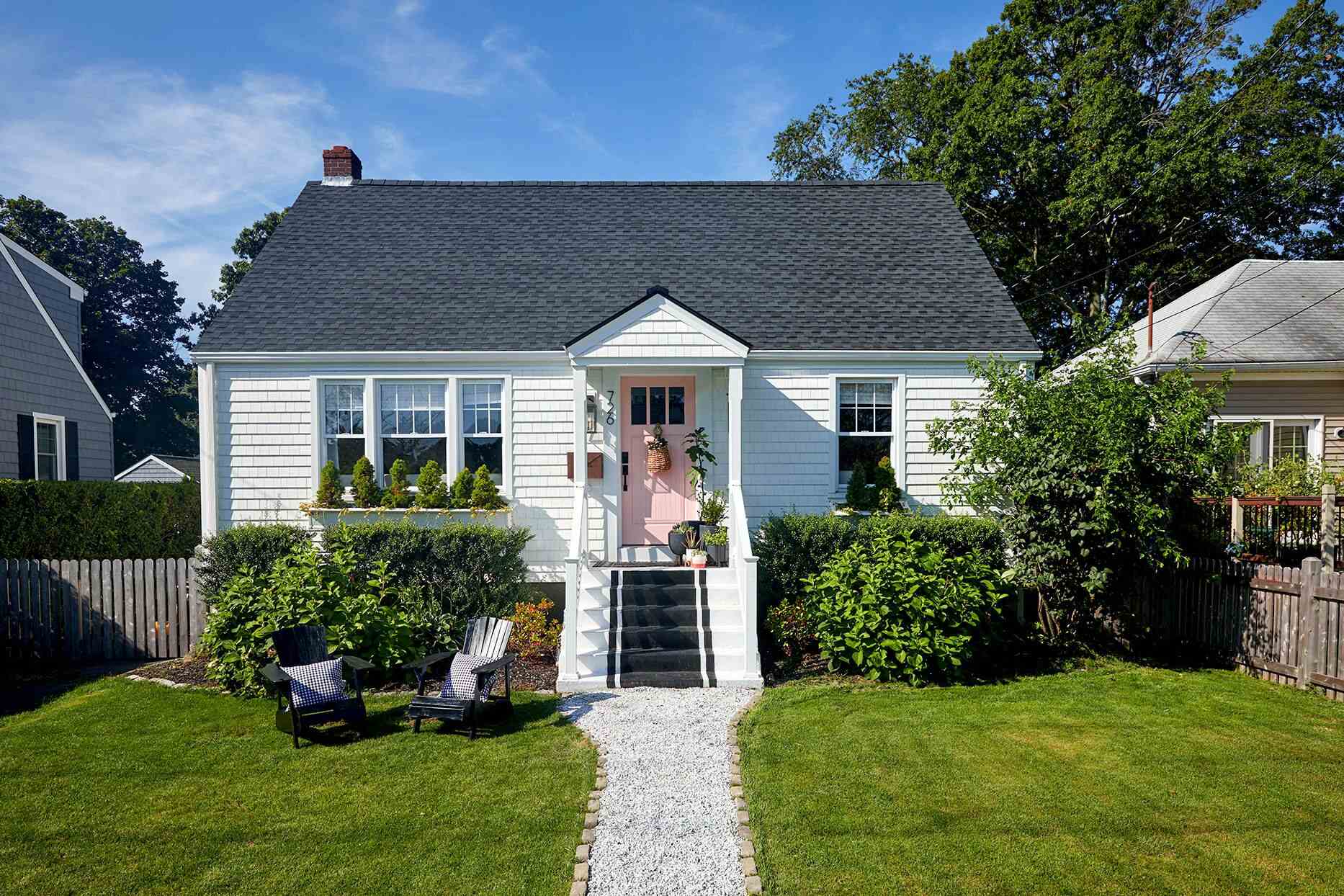

0 thoughts on “What To Expect From Historic Home Improvements”